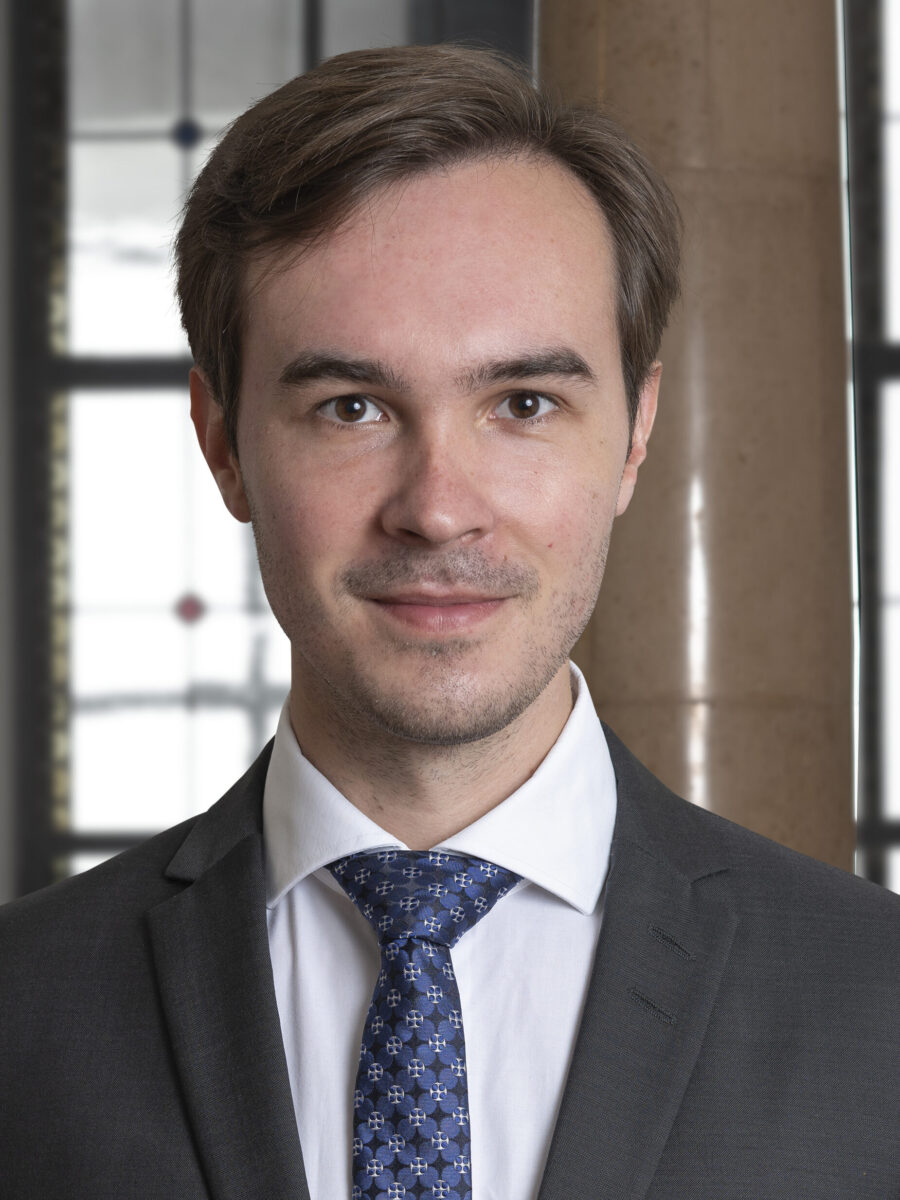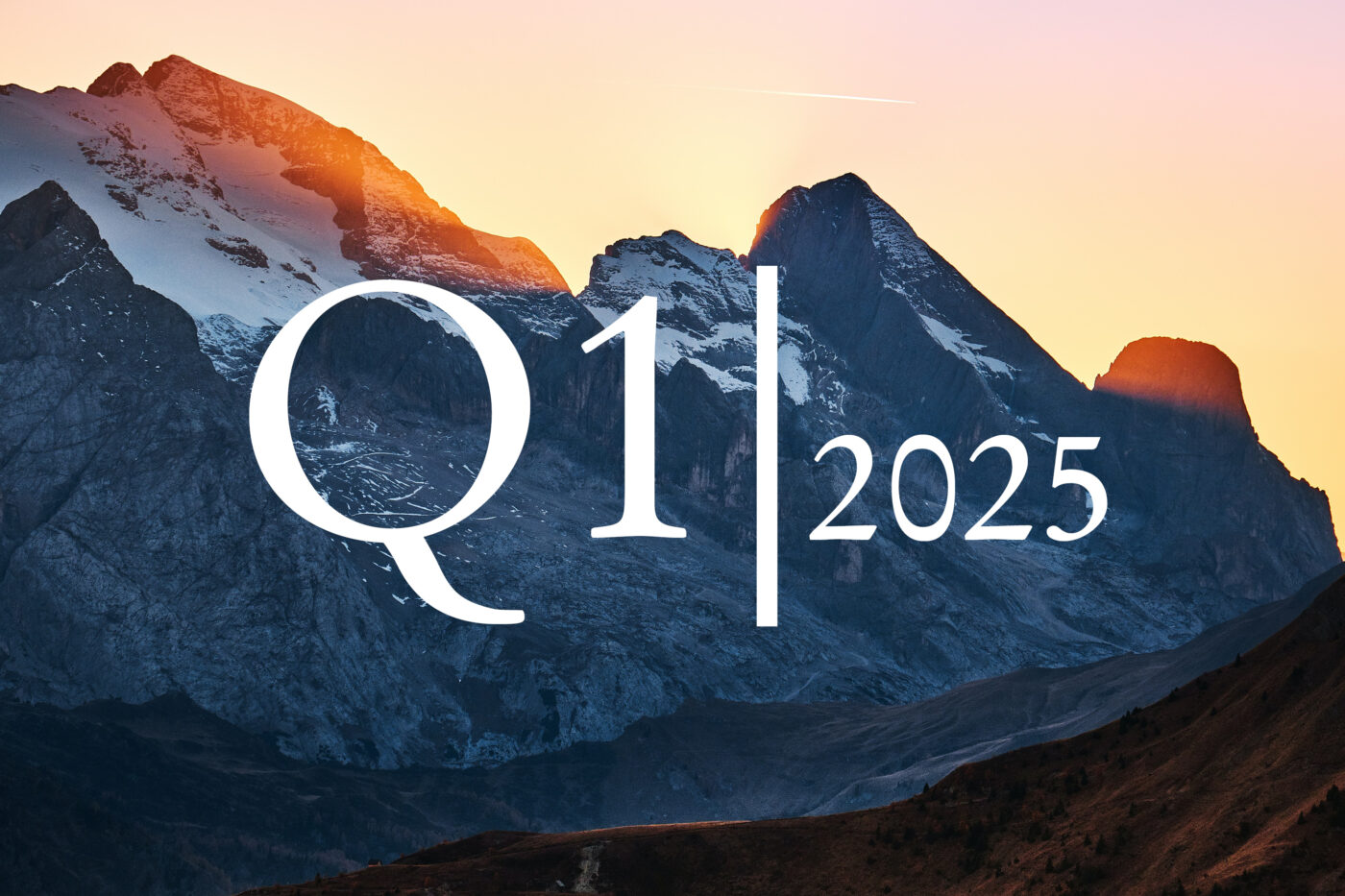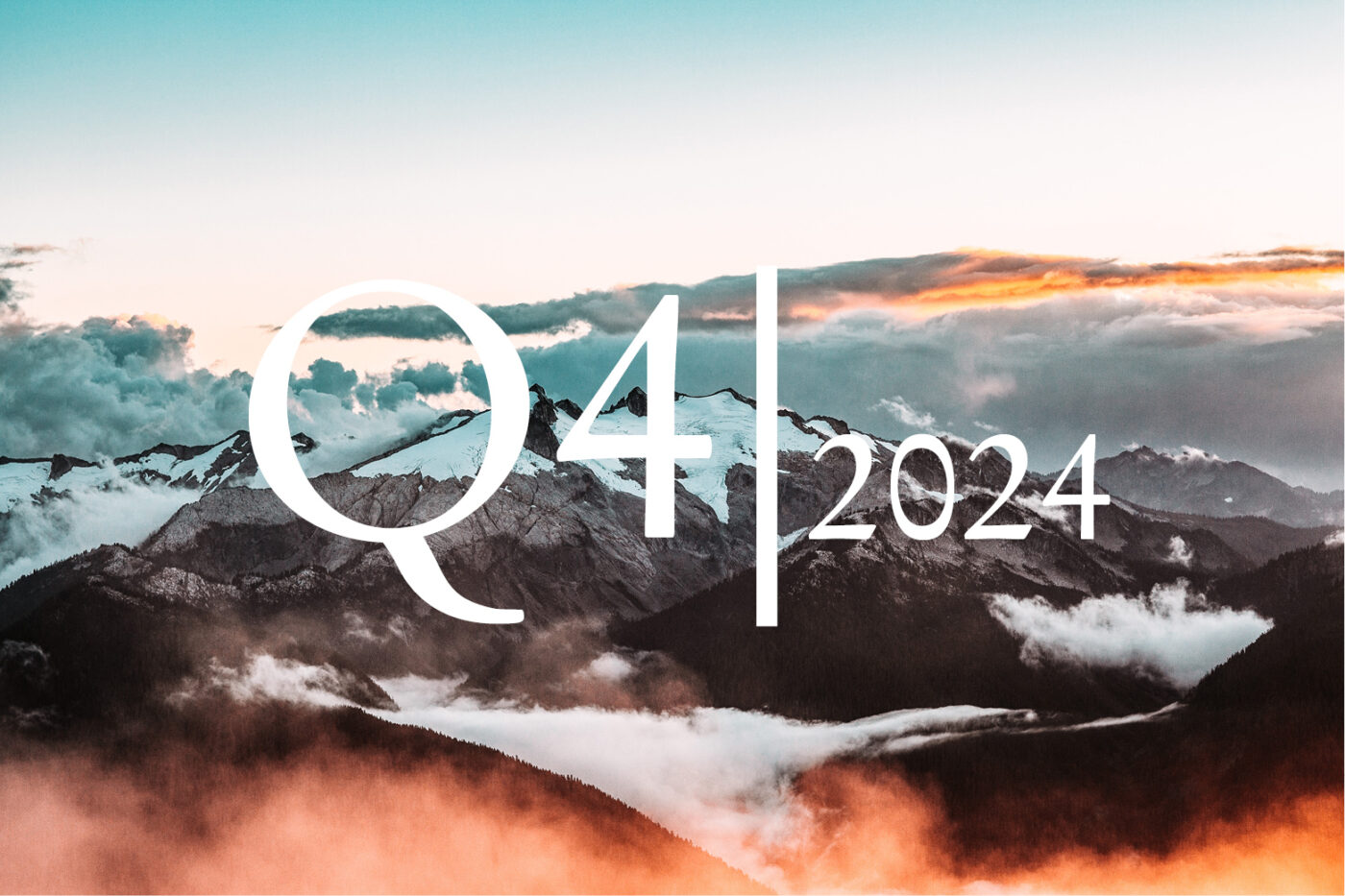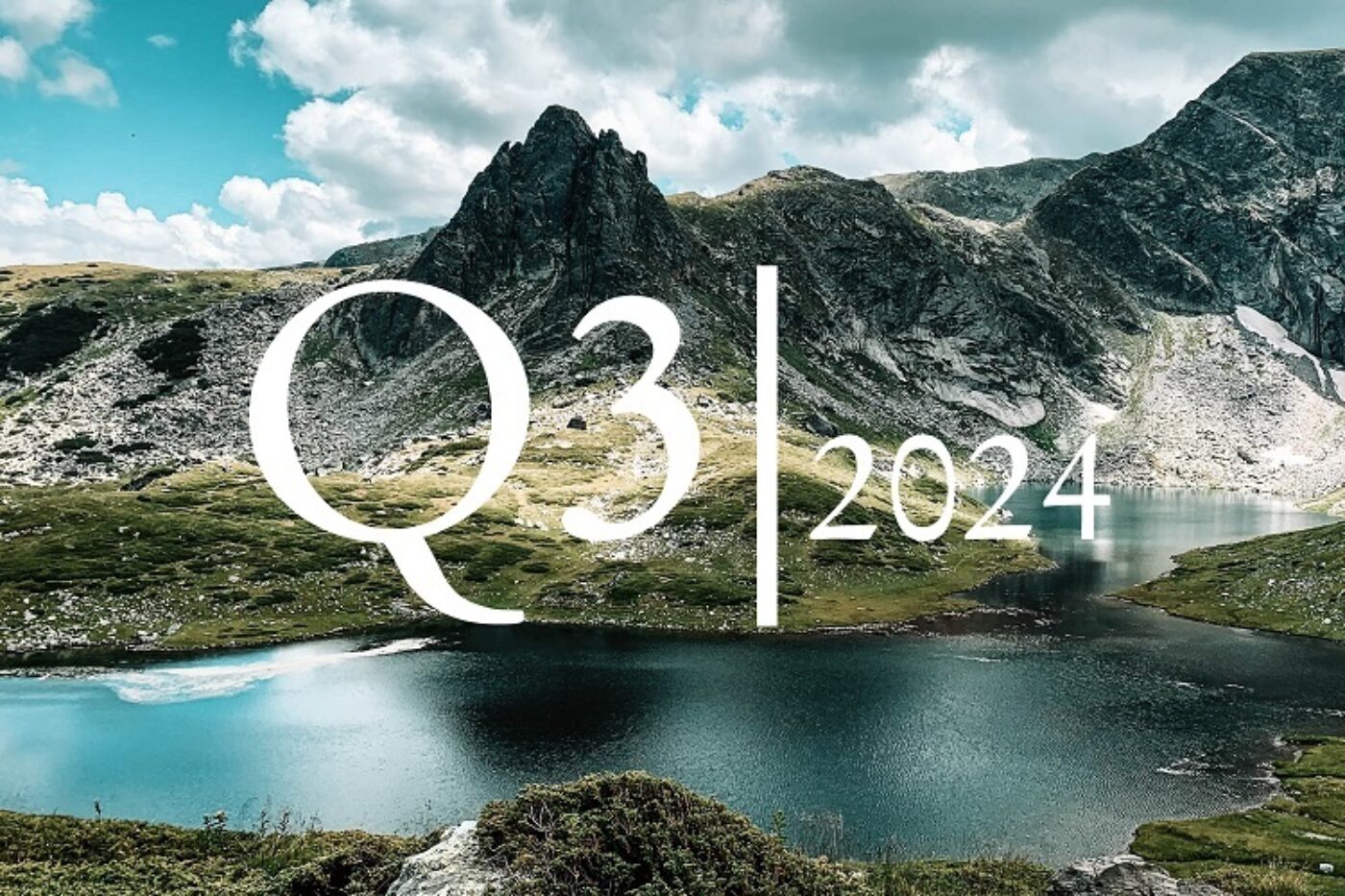Oil price recovery still pending despite positive developments
Brent oil fluctuated between 72 and 88 US dollars per barrel in the second quarter. In this context, the downward movements were mainly driven by economic concerns and systematic investors rather than by poor oil fundamentals. On the contrary, many things point to a tight oil market. For example, China is seeing strong oil demand growth as it opens up after COVID-19 and the positive summer seasonality (Driving-/AirCon-Season) is just around the corner. On the supply side, OPEC as a “swing producer” continues to proactively counter weak demand. The US fracking industry, meanwhile, is recording a year-on-year decline in drilling activity. Only Russia's production is more robust than expected. Moreover, contrary to expectations, the strategic oil reserve in the US was further reduced. All in all, the outlook remains positive, even though the potential now seems smaller than a few months ago, now that demand in China has already partially recovered and OPEC has already cut its quotas.
Oil: Strong demand recovery in China, but oil price stagnates
Brent oil price versus demand development in China
Gold remains an important but expensive hedge in the portfolio
Gold initially rose towards an all-time high in Q2 despite a stronger dollar and higher real interest rates but was then unable to break through. As concerns about the US banking sector subsided and an agreement was reached in the US debt dispute, valuation headwinds prevailed. In our view, a sustained upward trend requires a Fed pivot and thus lower real interest rates. Since we expect a pause rather than a pivot in the near future, the fundamental upside potential is likely to remain limited for the time being. At the same time, however, gold does not seem particularly vulnerable to major setbacks, as investor positioning remains moderate and economic uncertainty high. Therefore, gold will remain primarily a portfolio component for hedging risk scenarios in the coming months.
Gold: Sustained upside potential only with Fed pivot
Average gold price development 3 months before to 6 months after the last 3 Fed pivots (first rate cut) or pauses (last rate hike)
Industrial metals currently scarce, even scarcer in the future
Industrial metals came under increasing pressure in the second quarter as early indicators from the manufacturing sector deteriorated. However, inventories on the LME, which are extremely low by historical standards, have only risen slightly so far and continue to point to tight supply. Although the industry currently seems to be weakening somewhat, there is strong growth in demand from the green technology sector, especially in China. In the short term, the economic trend is predominant; in the long term, the trend towards decarbonisation should give industrial metal prices a significant tailwind.
Metals: Low inventories despite a weakening industry
Equal weighted price and stock index of copper, nickel, aluminium, and zinc indexed to 100 on 01/01/2017
Author

Ludwig Kemper
Ludwig Kemper has been working as a strategist since 2019 and as a portfolio manager since 2021 at Berenberg’s Multi Asset unit. His responsibilities include the generation of investment ideas and the preparation of analyses to support investment decisions. Ludwig focuses on the commodities sector and derivatives markets. Previously, he completed a dual study programme at Berenberg in cooperation with the Hamburg School of Business Administration. In his rotations, he worked in investment banking, equity research and asset management. He received his Bachelor's degree as valedictorian of his class. Ludwig is a CFA charterholder.



